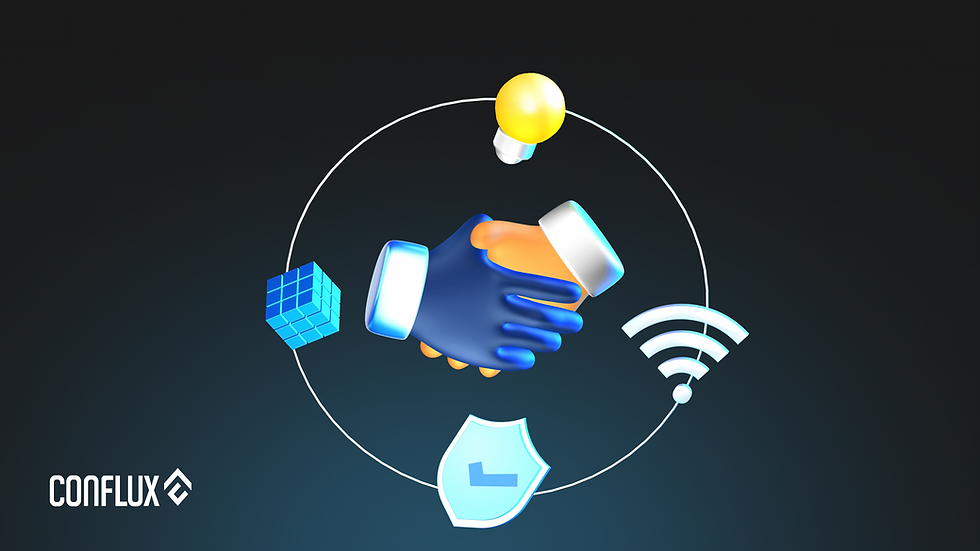Difference Between Centralized Finance (CeFi) & Decentralized Finance (DeFi)
- Conflux Network
- Oct 28, 2022
- 2 min read

In the cryptocurrency world, the goal of both centralized and decentralized finance is to enable users across the globe to utilize cryptocurrency for a wide range of financial services. The distinguishing factor is the process being done to achieve this goal.
In CeFi, the process is managed by a centralized organization or body of management while in DeFi, the process is managed using a set of defined smart protocols.
Understanding Centralized Finance (CeFi)
The previous and still somewhat used standard for trading crypto was CeFi. With CeFi, there was a central exchange that handles and manages all the crypto trade orders. Users didn’t need to own a private key that enables access to their wallet. In addition, the central exchange will determine the coins to be traded and how much they should be traded for through their exchange. As a user, you typically were subject to the set of rules that have been created by the exchange and you weren't the real owner of the crypto being traded on the platform.
Major features of CeFi
Centralized Exchange: Users trust businesses often individuals to manage and store their currencies
Fiat conversion flexibility
Funds custody is not within the user’s reach
The current market cap is about $324 billion
The exchange is responsible for asset security
Understanding DeFi For DeFi, the entire crypto trading system is built on a set of defined protocols. Users' trust is hinged on a set of codes to manage and store their trading information. Users need a private key to access their wallets and can determine what to be traded. There is no need for a centralized exchange to manage the process as it operates on a blockchain platform. With DeFi, the financial system becomes transparent and easily accessible by everyone especially the unbanked people with remote access to financial services. To access DeFi systems can be done through decentralized applications (dApps) often built on the blockchain network. The goal of DeFi, in the long run, is to build an open-source, permissionless and transparent financial service ecosystem. The system is set to offer all sorts of financial services such as lending, crypto trading, and asset storage among others.
Major features of DeFi
● Permissionless: Users no longer require permission to access services.
Funds custody is completely within the reach of the user and the user has authority.
The current market cap is about $16 billion
Exchange security is heavily hinged on the technology in use
DeFi platforms give room for more innovative approaches to finance



Comments